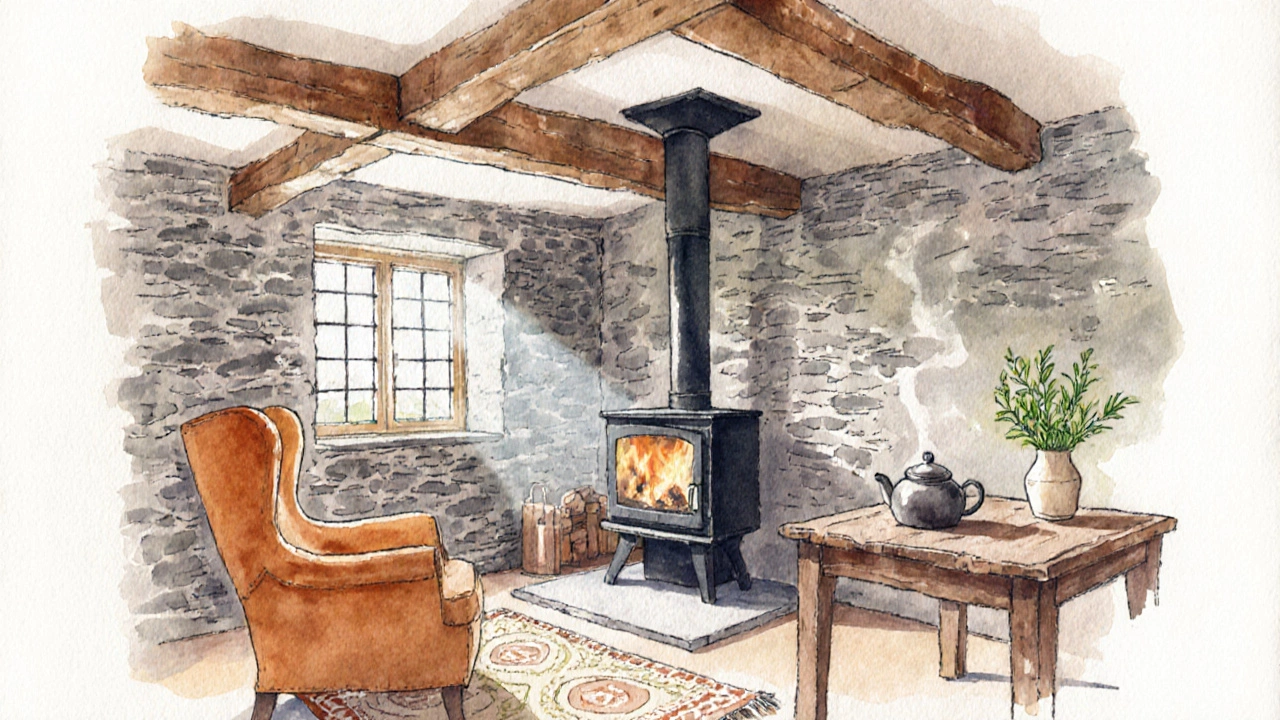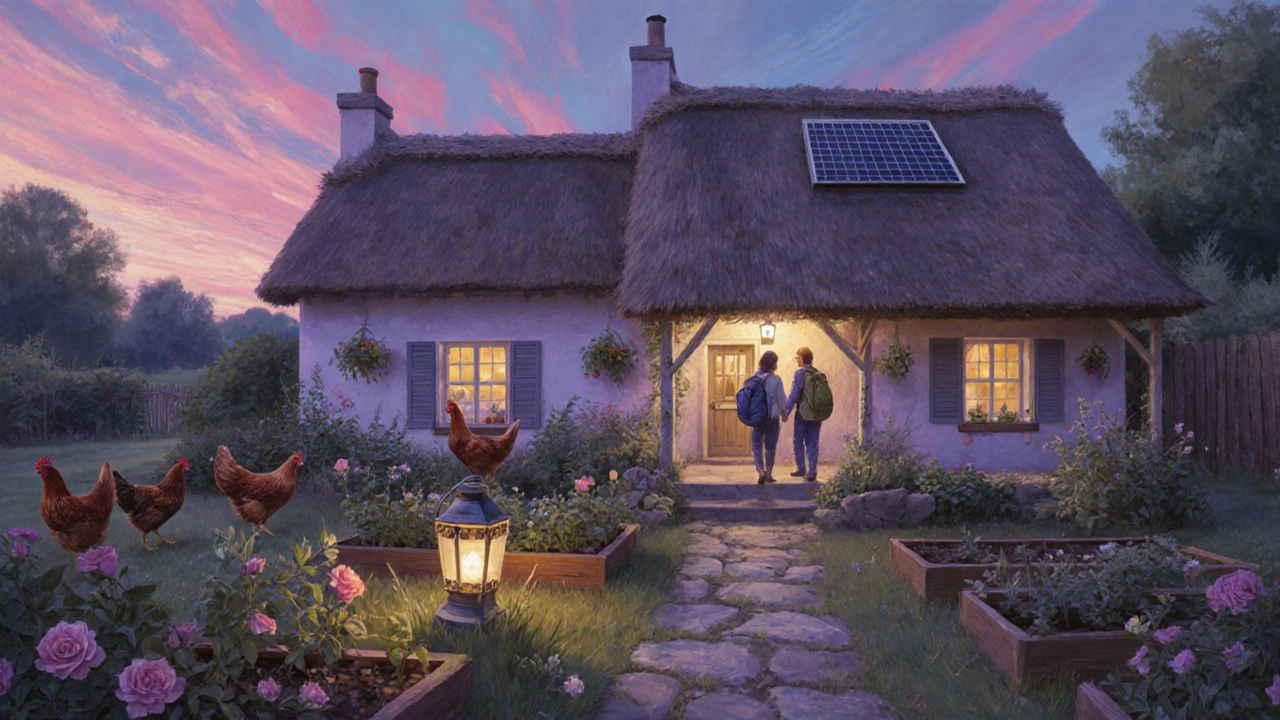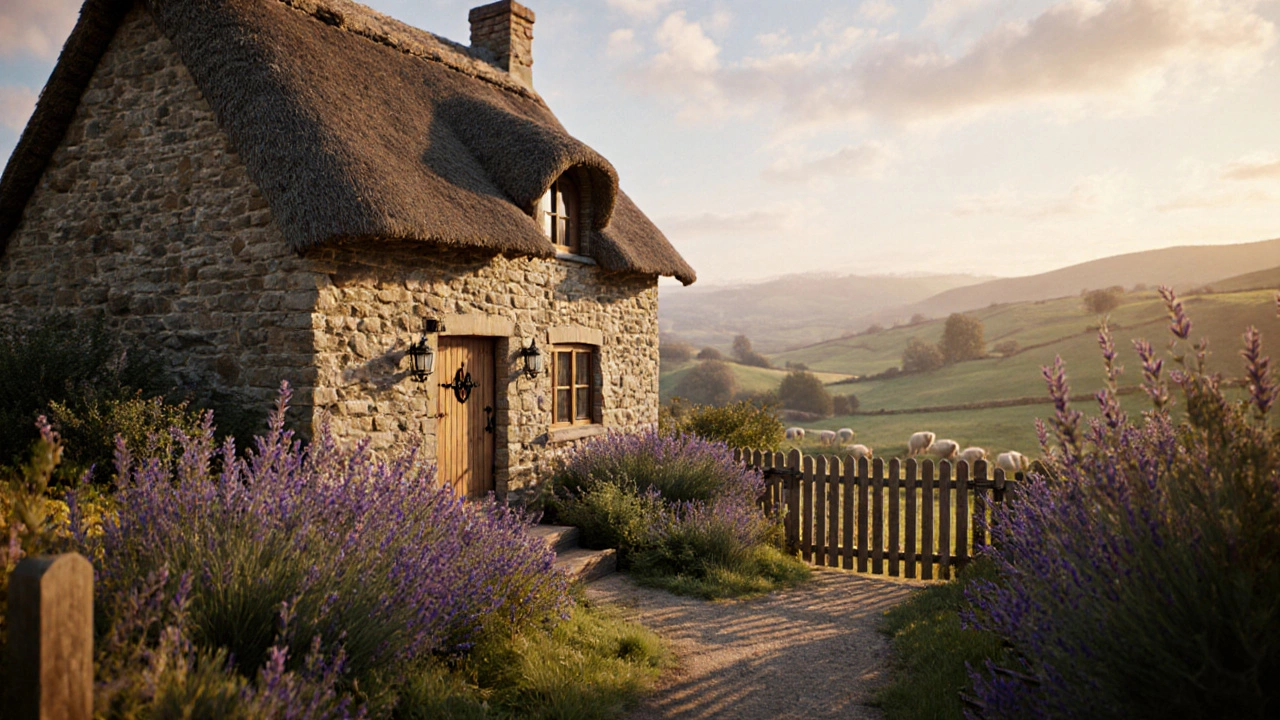Rural Cottage Value Estimator
Estimated Value
NZ$350,000
Based on New Zealand market data (2023)
NZ$2,500
NZ$1,800
Thinking about buying a quiet getaway in the hills or just curious what a rural cottage actually is? You’re not alone. Many people picture a cozy stone house with a thatched roof, but the reality spans a range of styles, histories, and practical considerations. This guide breaks down the core definition, key characteristics, design elements, and lifestyle aspects so you can picture the perfect countryside retreat.
What Exactly Is a Rural Cottage?
Rural Cottage is a small, often historic dwelling located in a countryside setting, typically built using locally sourced materials and designed for a modest, self‑sufficient lifestyle. Unlike urban apartments, a rural cottage usually sits on its own plot of land, offering privacy, garden space, and direct connection to nature.
Core Characteristics You’ll Find
- Scale: Usually under 150 sqm, with one or two bedrooms.
- Location: Set in villages, farms, or remote areas away from major traffic routes.
- Materials: Stone walls, timber frames, thatched or slate roofs.
- Layout: Open plan living area, often centered around a fireplace or wood‑burning stove.
- Outbuildings: May include a barn, shed, or separate guest cottage.
Typical Design Elements
While each cottage has its own story, a few design motifs repeat across the UK, Ireland, and parts of New Zealand.
- Thatched Roof: Thick bundles of straw or water‑reed provide natural insulation and a charming silhouette.
- Stone Walls: Locally quarried stone lends durability and a sense of place.
- Cottage Garden: A mix of vegetables, herbs, and ornamental flowers that surround the home.
- Farmhouse Influences: Large beams, exposed timber, and functional spaces that once supported agricultural work.

Building Materials and Their Benefits
Choosing authentic materials isn’t just about aesthetics; it also impacts energy efficiency and maintenance.
- Stone: High thermal mass keeps interiors cool in summer and warm in winter.
- Timber: Provides natural flexibility, reducing cracking in seismic zones like parts of New Zealand.
- Thatch: Breathable and renewable, it can last 20-30 years with proper upkeep.
- Clay Tiles (alternative to thatch): Offer similar visual appeal with lower fire risk.
Living in a Rural Cottage: Lifestyle Perks
Owners often cite three main benefits: peace, self‑sufficiency, and community.
Peace comes from low traffic, bird song, and night skies free of light pollution. Self‑sufficiency can include growing a vegetable garden, keeping a few chickens, or installing a solar PV system-key components of Sustainable Building practices.
Community is strong in villages where neighbors know each other, and many cottages double as Bed and Breakfast establishments, providing supplemental income and social interaction.
Legal and Planning Considerations
Before you sign a contract, check these points:
- Heritage Status: If the property is listed as a Heritage Property, alterations may require special consent.
- Planning Permission: Adding outbuildings or converting lofts often needs council approval.
- Utility Access: Rural locations might rely on septic tanks, off‑grid water, and satellite broadband.
- Fire Regulations: Thatch roofs require regular fire‑break maintenance.

Maintenance Tips to Keep Your Cottage Cozy
Rural cottages age gracefully, but they need regular care.
- Roof Checks: Inspect thatch or tiles every spring; replace damaged bundles quickly.
- Stone Mortar: Repoint walls every 10-15 years to prevent moisture ingress. \n
- Garden Management: Prune hedges to maintain light, and rotate crops to keep soil healthy.
- Heating: Modern pellet stoves blend traditional charm with low emissions.
Choosing the Right Rural Cottage for You
Consider the following decision matrix:
| Feature | Rural Cottage | Modern Country House |
|---|---|---|
| Size | 80‑150 sqm | 200‑400 sqm |
| Construction | Stone, timber, thatch | Brick, concrete, steel |
| Energy Use | Passive, solar, pellet | Central HVAC, smart tech |
| Land | 0.5‑5 ha, garden focus | 2‑10 ha, mixed use |
| Maintenance | Regular roof/stone care | Low‑maintenance finishes |
If you value authenticity, low‑impact living, and a tight‑knit community, a rural cottage edges ahead. If space and low upkeep dominate your checklist, a modern country house may suit better.
Frequently Asked Questions
Can I convert a rural cottage into a full‑time home?
Yes, but you’ll need to check planning permissions, especially if the building is listed. Upgrading insulation and heating systems is common to meet modern comfort standards.
What is the average cost of buying a rural cottage in New Zealand?
Prices vary widely by region. In the South Island, you’ll find cottages ranging from NZ$350,000 in remote valleys to over NZ$1.2 million near popular tourist spots.
Do rural cottages have internet?
Many rely on satellite or mobile broadband. Newer installations of fixed‑line fiber are expanding, especially in villages with a growing B&B market.
Is it possible to run a Bed and Breakfast from a rural cottage?
Absolutely. Converting spare rooms into guest suites is a popular way to offset costs. You’ll need a food‑handling licence and possibly a change of use permit from the local council.
What maintenance does a thatched roof require?
Thatch should be inspected twice a year. Repairs involve replacing bundles and ensuring a clear fire‑break strip. Professional thatchers typically charge NZ$1,500‑$3,000 per 10 sqm.
Whether you’re dreaming of a weekend escape, a full‑time residence, or a charming B&B, understanding what a rural cottage truly entails will help you make a confident choice. Embrace the stone walls, the garden blooms, and the quiet rhythm of country life-your perfect cottage could be just a short drive away.
